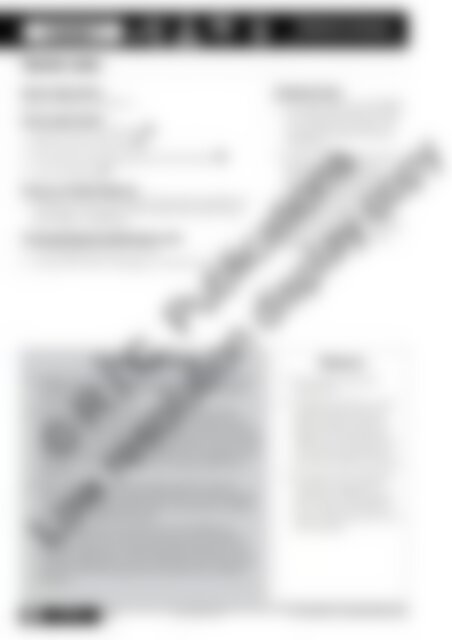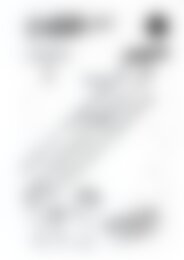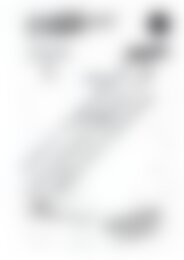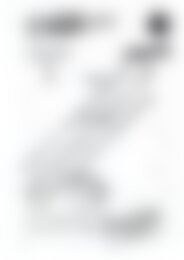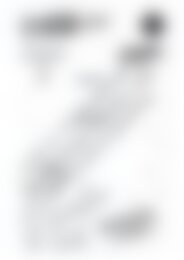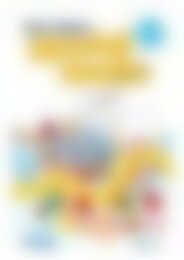6170RB Science A STEM approach Foundation low res watermark
Create successful ePaper yourself
Turn your PDF publications into a flip-book with our unique Google optimized e-Paper software.
Lesson 1<br />
Chemical sciences<br />
MATERIALS HAVE PROPERTIES<br />
Teacher notes<br />
<strong>Science</strong> inquiry focus:<br />
What are objects made from?<br />
<strong>Science</strong> Inquiry Skills:<br />
• Questioning and predicting QP<br />
• Planning and conducting PC<br />
• Processing and analysing data and information PA<br />
• Communicating<br />
C<br />
<strong>Science</strong> as a Human Endeavour:<br />
• Students use their five senses while observing objects, to<br />
sort objects into groups and to predict the material that<br />
each object is made from.<br />
Technology/Engineering/Mathematics links:<br />
• sorting objects by colour and size<br />
• using mathematical language to compare sizes of objects<br />
Background information<br />
• Objects are made of different materials and can be seen<br />
and felt. Some objects are made from natural materials<br />
and others are man-made.<br />
• Natural materials come from plants, animals and the<br />
ground. Materials that come from plants include wood,<br />
cotton and latex rubber. Materials that come from animals<br />
include wool, silk and leather. Materials that come from the<br />
ground include stone; native metals such as copper, silver<br />
and gold; and composites such as clay, porcelain and<br />
plasticine.<br />
• Man-made materials are manufactured from natural<br />
materials or created synthetically. These include materials<br />
such as glass, plastic, paper, fabric and ceramics. Rubber<br />
can also be synthetically made.<br />
• While students do not need to know the difference<br />
between natural and man-made <strong>res</strong>ources until Year 4,<br />
they may inquire as to where materials come from. This<br />
could be explained as: some materials come from plants,<br />
animals and from the ground, and others are made by<br />
humans.<br />
Assessment focus:<br />
• Use observations or a checklist<br />
to monitor the student's ability<br />
to sort objects by colour, size<br />
and type of material they are<br />
made from.<br />
• Use the photographs of each<br />
group as work samples to<br />
demonstrate the student's<br />
ability to group objects by<br />
colour, size and material. These<br />
may also be used to create<br />
A3 posters with headings We<br />
can sort by colour, We can sort<br />
by size, and We can sort by<br />
material.<br />
Resources<br />
• One digital camera for<br />
teacher use<br />
• A selection of three or four<br />
objects made from each<br />
type of material listed on<br />
page 42. Each group will<br />
require the same objects to<br />
sort and the objects must<br />
be various sizes and colours<br />
• One copy of the materials<br />
buckets on page 43 for<br />
each group. These should<br />
be cut out and laminated<br />
prior to the lesson for use in<br />
other lessons<br />
© R.I.C. Publications<br />
Low <strong>res</strong>olution display copy<br />
40 <strong>Science</strong>: YEAR<br />
978-1-925431-93-3 R.I.C. Publications® – www.ricpublications.com.au<br />
A <strong>STEM</strong> APPROACH<br />
F


